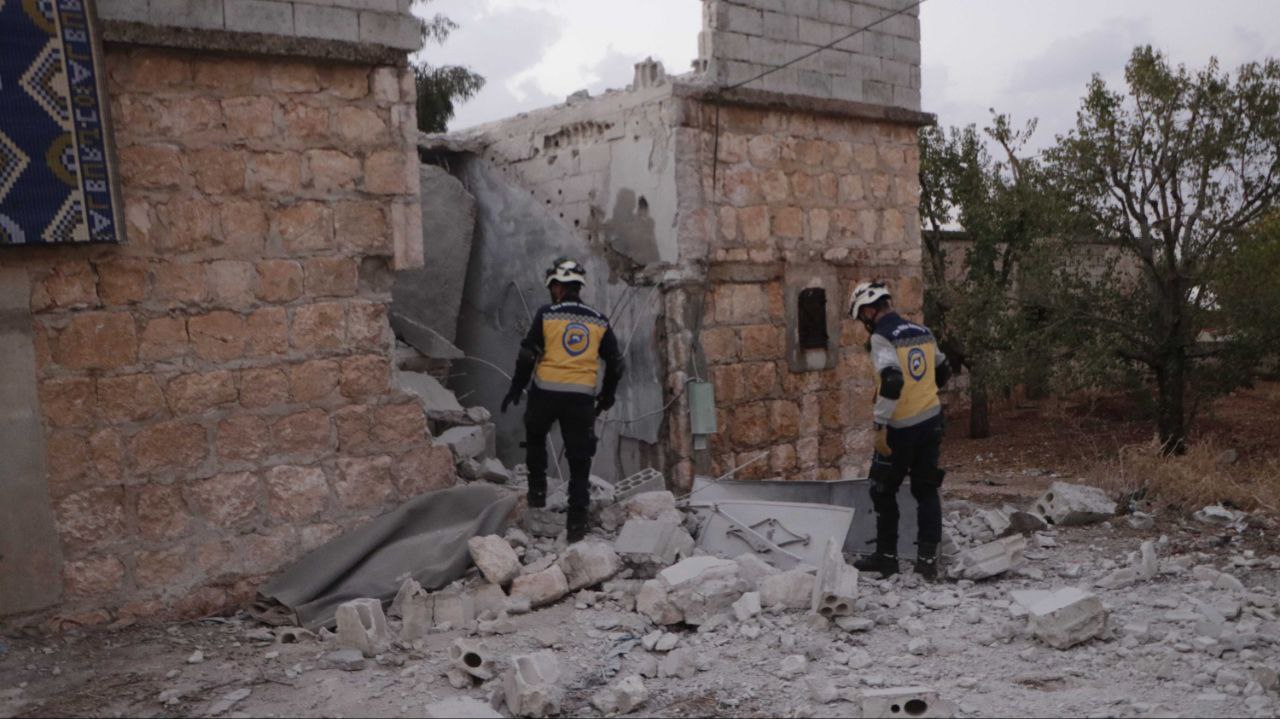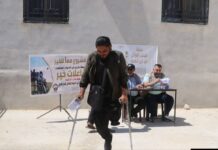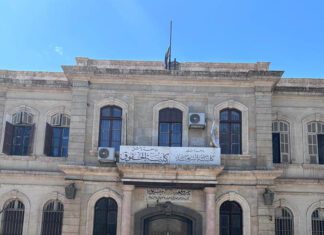
Civilians in the liberated areas of Syria face an unrelenting campaign of violence as the Assad regime and its Russian and Iranian allies intensify their attacks on residential neighborhoods, driving mass displacement and exacerbating the country’s internal and international refugee crisis. The systematic targeting of homes and infrastructure, which observers and officials say amounts to a policy of forced displacement, has uprooted hundreds of families in recent weeks alone, creating desperate conditions as winter sets in.
The Ministry of Development and Humanitarian Affairs of the Syrian Salvation Government (SSG) reported that more than 508 families have fled villages on contact lines near regime-controlled areas in the past month. The exodus follows sustained shelling by Assad regime forces and allied militias using heavy artillery and suicide drones. The strikes have destroyed homes, schools, and other vital infrastructure, leaving residents with no choice but to flee to overcrowded border camps or temporary shelters established by local humanitarian organizations.
“These attacks increased the suffering of the residents and put them in a difficult humanitarian situation,” an official statement said. “With the onset of winter, the situation for displaced families has become dire.”
Data from the SSG’s Ministry of Local Administration and Services reveals the staggering toll of attacks on civilian housing this year. Since January, 208 homes have been damaged or destroyed in revolutionary-held areas, with some villages suffering almost daily bombardment.
Maraa Balit, a town in Idlib province, bore the brunt of the destruction, with 57 houses hit over the last 11 months. Other heavily affected areas include Al-Birma, where 28 homes were damaged, and Al-Bara, which saw 24 homes targeted. Kafr Taal, Tadil, and Kafr Amma have endured considerable hardships as they have suffered daily relentless attacks by regime forces and their allies.
The deliberate targeting of civilian areas is widely viewed as a tactic to force communities out of their homes in the liberated regions, creating what critics call a systematic campaign of forced displacement. Humanitarian workers and local officials say the goal is to empty these areas of their populations, making them uninhabitable and destabilizing the social fabric of the free north.
Displaced families are often left with few options but to seek shelter in camps along the Syrian-Turkish border. These camps, already stretched thin by years of conflict, and influx of those fleeing Assad in Syria or Israel from Lebanon, are grappling with overcrowding and a lack of resources. Temporary shelters set up by the SSG offer some relief, but they are insufficient to meet the growing needs of those fleeing the violence.
With winter setting in, the situation for displaced families has become increasingly dire. Many are living in makeshift tents or rudimentary shelters ill-equipped to handle freezing temperatures. Access to basic necessities such as food, clean water, and medical care is limited, compounding the already dire humanitarian situation.
As Syria’s conflict drags into its 14th year, the plight of civilians in the country’s northwest underscores the urgent need for international attention and action to prevent further suffering and displacement.








